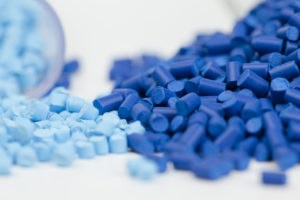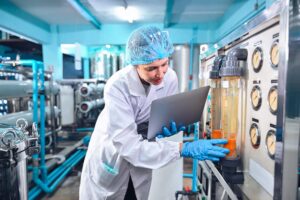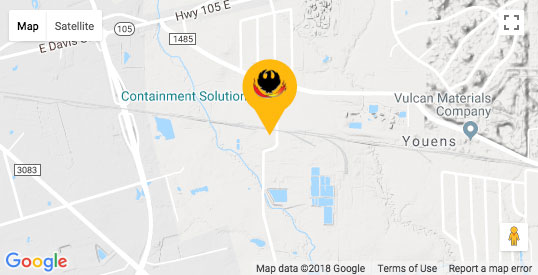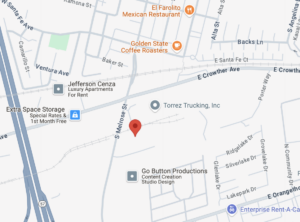Fortune Business Insight expects the plastic additives market to grow to $75.2 billion. The growth of plastic additive products shows the importance of the plastics manufacturing industry and the popularity of plastic packaging in the food and beverage industry, especially when discussing food storage. Here are three things to know when purchasing plastic additives for the plastics manufacturing industry.
Types of Plastic Additives Used in Food Storage
Food packaging uses a wide range of plastic additives, including PET, HDPE, PVC, and LDPE. Polyethylene Terephthalate (PET) plastic is a clear but tough plastic commonly used for water bottles and other beverages. High-density polyethylene (HDPE) can be clear or colored and is less flexible than PET. HDPE is the plastic additive of choice when manufacturing containers for easily perishable beverage products, like juices and milk.
When manufacturing food wrappings, bread bags, or grocery bags, low-density polyethylene (LDPE) is the plastic additive of choice due to its soft, flexible, and lightweight content. Finally, Polyvinyl chloride (PVC) is the plastic additive of choice when manufacturing your presentation trays and leftover containers, but ensure that you are using the correct, non-chemically treated PVC plastic additives due to the toxicity of the chemically treated PVC plastic additives.
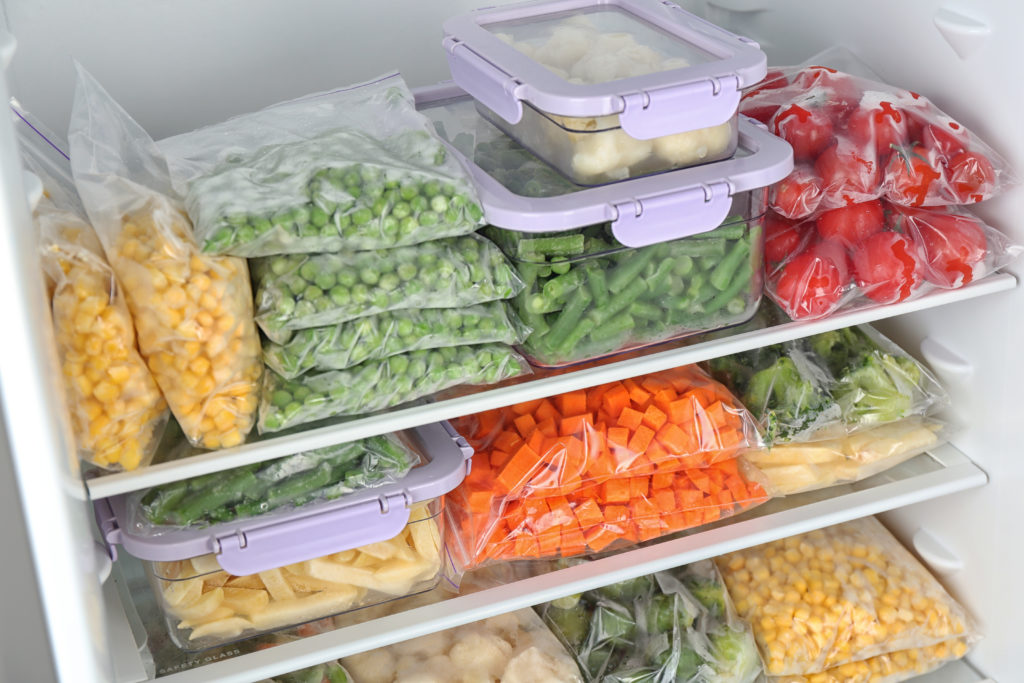
What is the Plastics Manufacturing Process?
Plastics are made from naturally derived materials, such as cellulose and coal. These plastics contain various elements, such as carbon, oxygen, nitrogen, and hydrogen. Plastics are also manufactured through various polymerization processes.
From there, the process of manufacturing the desired containers and shapes happens through various molding methods. For instance, you can use extrusion blowing, injection blow molding, stretch blow molding, or injection molding to create various plastic food packaging containers. The technology behind the plastics manufacturing process has improved significantly, thus providing you with more options than ever and adherence to the highest safety standards.
Why Plastics For Food Storage?
Plastics have several characteristics that make them ideal for food packaging and containers. For instance, they are a cost-effective way to protect food from damage and extend its freshness. In addition, most plastics are recyclable, so they’re also good for the environment. The good news is that the plastics used in food packaging ensure food safety because they’re safe and non-toxic. Remember, the U.S. FDA regulates the plastic manufacturing industry and only approves substances used in food packaging and food contact materials.
Food storage is important. No one likes throwing out food, but it is important to know that you are storing your food in an environmentally friendly, non-toxic container. Doing your research and making informed decisions before purchasing plastic products is always a good idea.


